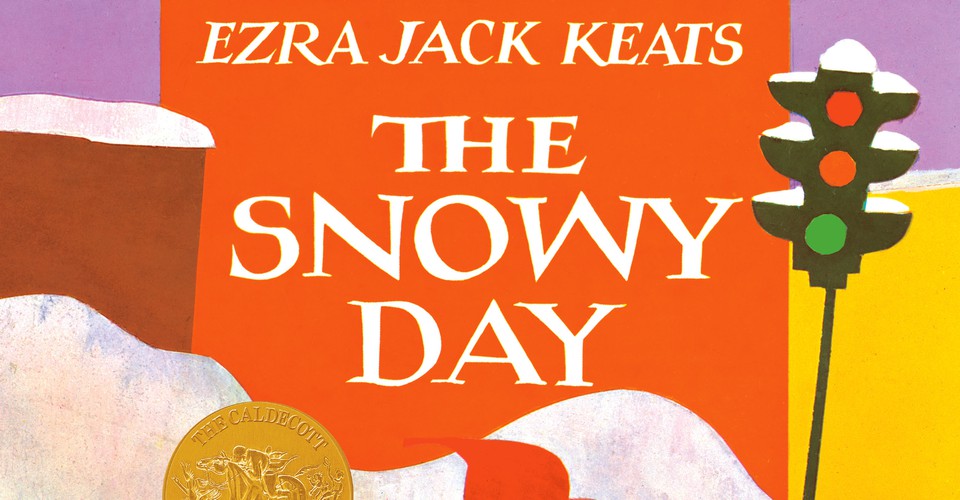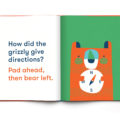It’s a familiar and challenging question I face when opening a book to read to my 4-year-old granddaughter, Charlie.
Where are the books that offer a glimpse into her world, and reflect who she is as a little Black child?
Picture books are vessels that provide children an important introduction to the world and play a significant role in informing a child’s sense of identity, self-worth and belonging.
They help children relate, associate and connect to the world — and all children need and deserve to be represented in the pages of a book, including Charlie.
This is my third go-around facing the continued need for more diverse representation in children’s literature: It was a concern for my mother in my upbringing, a concern of mine with my daughter’s childhood and remains an issue with my granddaughter. Throughout these generations one author’s books that prominently feature Black characters have remained on my bookshelf — the works of Ezra Jack Keats.
Although Keats was a white author and illustrator, having a Black central character in a major children’s book was groundbreaking at the time.
Ezra Jack Keats’ book The Snowy Day was published in 1962, the year my older sister was born. My mother remembers talk about the book’s publication spreading throughout the Black community of our predominantly Scandinavian south Minneapolis Central neighborhood.
It was a big deal to see a little Black boy as a main character in a children’s book, and the Black community was excited.
By 1969, the demographics of our neighborhood were changing, and our neighborhood library, Hosmer, responded by opening an African American reading room where my mother would regularly take us to visit.
Our community now had a dedicated resource for literature that reflected who we were. It was a big deal.
That was 58 years ago, but the more things change, the more they stay the same.
Although the lack of diversity in children’s books has become a hot topic and the landscape is improving, learning these following statistics made me sit up and take notice of how dire the situation actually is:
In 2019, only 11.9% of children’s books published in the US were about African Americans. But what was more startling for me to discover was only 46.4% of those books were in fact authored and/or illustrated by African Americans. This is according to the data compiled by the Cooperative Children’s Book Center at the University of Wisconsin-Madison, a research library that receives most of the trade books for children published every year in the U.S. by large corporate publishers. The remaining racial stats include: white, 41.8%; animals, 29.2%; Asian/Asian American, 8.7%; Pacific Islanders, .05%; Latinx, 5.3%; and Native/ First Nation, 1%.
I’m always keeping an eye out for diverse books to add to Charlie’s library to help her grow into the best version of herself she can be, just as I did when raising my daughter.
Reading has always been important in my family. My Grandpa would say, “If you can read well, you can teach yourself anything.”
Well, I took his sage advice and became a children’s picture book author and illustrator — working to be part of the solution to the continued lack of diverse representation in children’s books today. Here are two you can find online and in bookstores, plus a few other suggestions:

In Search of the Gingerbread Man: Although she’s just a little girl, Charlie’s big enough to take the lead to track down the runaway gingerbread man who has made a quick getaway from the oven! The book includes a gingerbread cookie recipe created by Michelle Gayer, the critically acclaimed and award-winning pastry chef, founder of the Salty Tart bakery and five-time nominee for the highest food industry honor, the prestigious James Beard Award.

In Search of the Sandman: This is the story of a spirited little girl named Charlie who wants to play all night rather than go to sleep, until Mommy piques her curiosity with the magical tale of the Sandman.
More: Other diverse books I recommend include Islandborn by Junot Díaz; The Day You Begin by Jacqueline Woodson; Last Stop on Market Street by Matt de la Peña; and Fry Bread: A Native American Family Story by Kevin Noble Maillard.
Timi Bliss is a Minneapolis-based author and illustrator. Learn more about her work at timibliss.com.



















